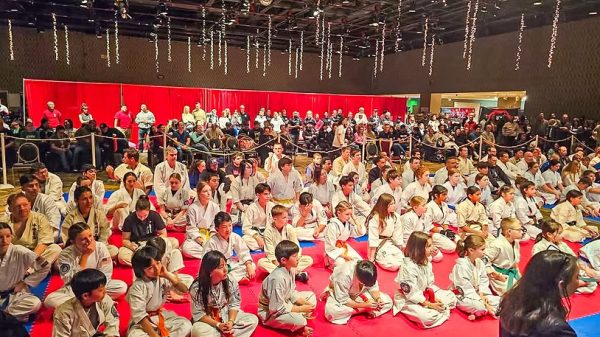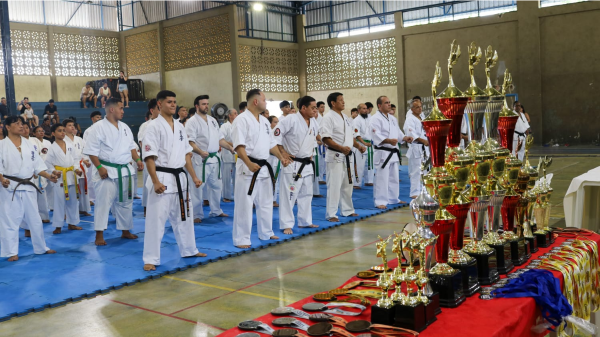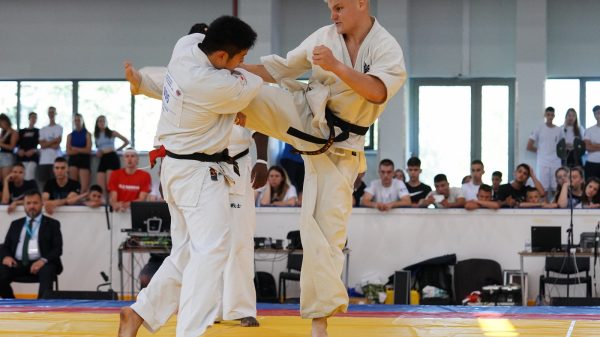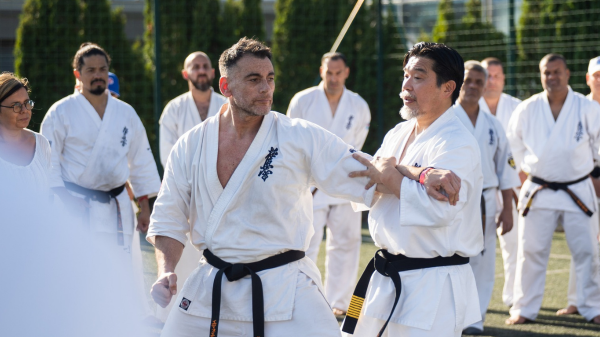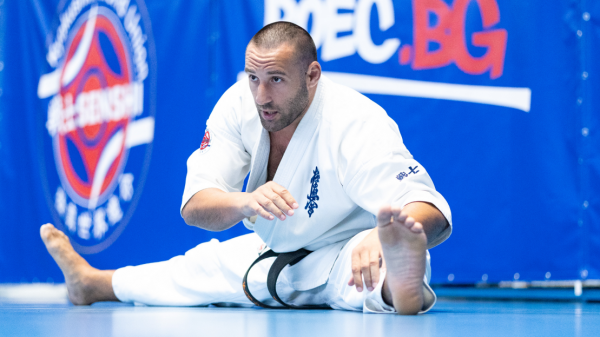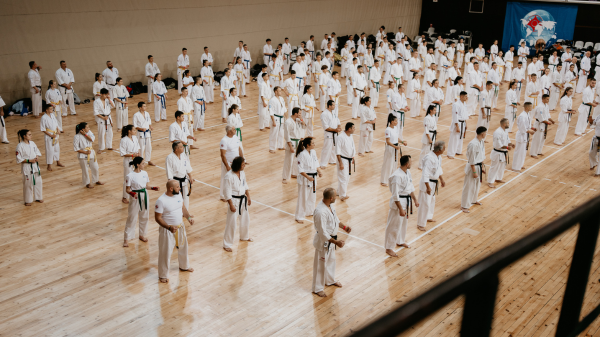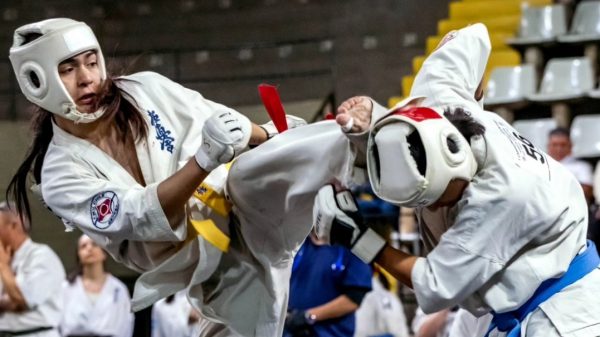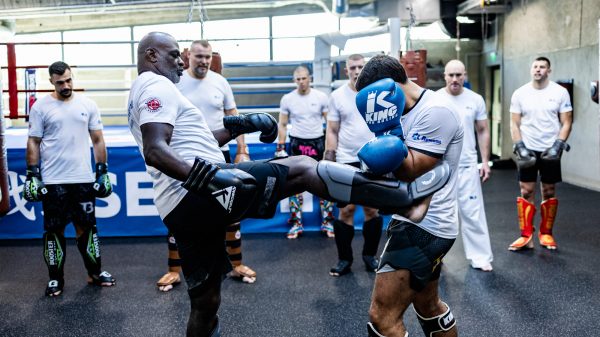In karate, the belt system represents a practitioner’s progression in skill, knowledge, and experience. The white belt and the black belt are at opposite ends of this spectrum, symbolizing the beginning and a significant milestone of martial arts proficiency. Here are the key differences between a karate white belt and a karate black belt:
1. Skill Level
- White Belt: A white belt is a beginner with minimal knowledge of karate techniques. They are just starting to learn the basic stances, strikes, blocks, and movements.
- Black Belt: A black belt has mastered the fundamentals and advanced techniques. They have a deep understanding of karate principles, including complex forms (katas), sparring strategies, and self-defense applications.
2. Knowledge and Understanding
- White Belt: At this level, the focus is on learning and memorizing basic techniques and concepts. The white belt student is building a foundation and often relies heavily on instructor guidance.
- Black Belt: A black belt possesses extensive knowledge of karate history, philosophy, and the intricacies of various techniques. They can analyze and refine their movements, understanding the why behind each technique.
3. Experience
- White Belt: White belts have little to no experience in karate. Their journey has just begun, and they are getting accustomed to the training environment and routines.
- Black Belt: Achieving a black belt requires years of dedicated practice and experience. Black belts have likely faced numerous challenges, competitions, and tests, honing their skills over time.
4. Responsibility
- White Belt: The primary responsibility of a white belt is to learn and absorb as much as possible. They are expected to follow instructions, practice diligently, and develop discipline.
- Black Belt: Black belts often take on leadership roles within the dojo. They may teach lower-ranked students, lead classes, and act as role models. Their responsibility extends beyond personal improvement to helping others progress.
5. Perseverance and Discipline
- White Belt: Beginners are developing perseverance and discipline. They are learning to commit to regular practice and maintain focus during training sessions.
- Black Belt: Black belts have demonstrated a high level of perseverance and discipline. They have consistently trained, often overcoming obstacles and setbacks, to achieve their rank.
6. Physical Conditioning
- White Belt: White belts are at the beginning of their physical conditioning journey. They are building strength, flexibility, and endurance through basic exercises and techniques.
- Black Belt: Black belts have developed superior physical conditioning. They possess greater strength, speed, and stamina, enabling them to perform advanced techniques with precision.
7. Mental and Emotional Growth
- White Belt: Beginners are starting to develop mental and emotional resilience. They are learning to cope with the demands of training and the challenges of mastering new skills.
- Black Belt: Black belts have achieved significant mental and emotional growth. They possess a strong sense of confidence, focus, and inner calm, which are essential in both training and everyday life.
8. Testing and Achievement
- White Belt: White belts undergo initial assessments to move up the ranks. These tests are designed to evaluate their grasp of basic techniques and readiness for more advanced training.
- Black Belt: Earning a black belt involves rigorous testing that encompasses all aspects of karate training. This includes demonstrating proficiency in techniques, katas, sparring, and sometimes even teaching ability.
9. Cultural and Philosophical Understanding
- White Belt: White belts are beginning to learn about the cultural and philosophical aspects of karate, such as respect, humility, and the dojo’s etiquette.
- Black Belt: Black belts have a deep appreciation and understanding of karate’s cultural and philosophical dimensions. They embody the principles of respect, humility, and continuous self-improvement.
10. Long-Term Commitment
- White Belt: A white belt signifies the start of a long journey. It represents a commitment to learning and growing in karate.
- Black Belt: A black belt, while a significant achievement, is also seen as a new beginning. It symbolizes a commitment to lifelong learning and continuous improvement in karate.
In summary, the difference between a white belt and a black belt in karate is vast, encompassing skill level, knowledge, experience, responsibility, perseverance, physical conditioning, mental and emotional growth, testing and achievement, cultural understanding, and long-term commitment. The journey from white belt to black belt is marked by dedication, hard work, and a deepening understanding of the art of karate.


